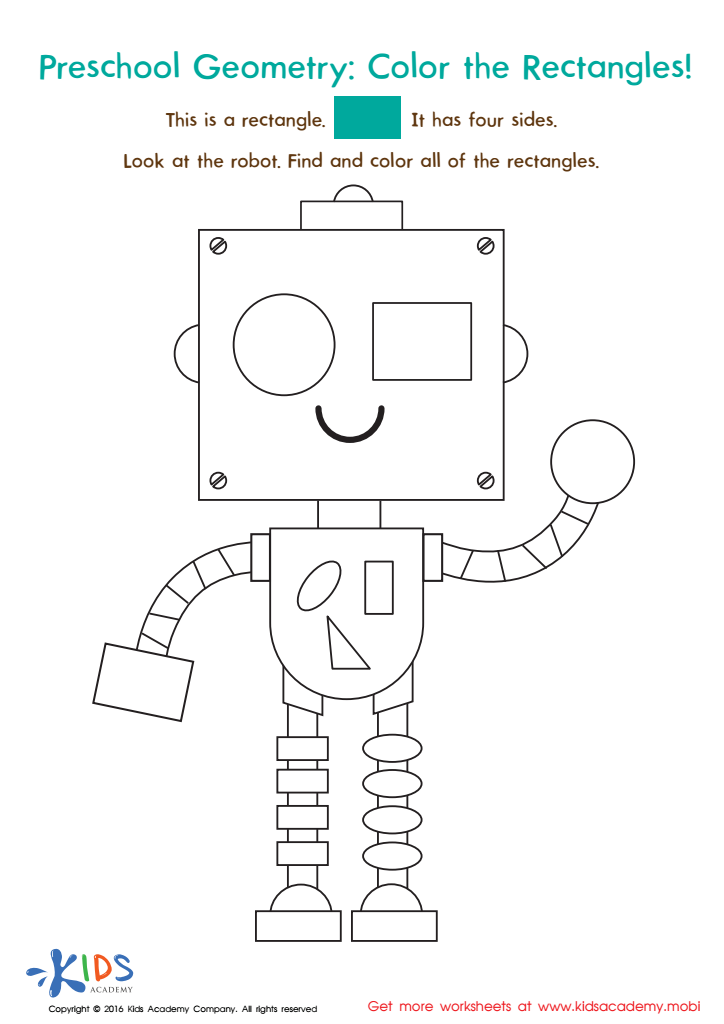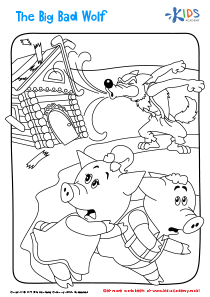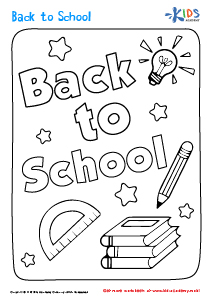Shape identification Coloring Pages Worksheets for Ages 3-6
3 filtered results
-
From - To
Discover our engaging Shape Identification Coloring Pages Worksheets, designed specifically for children ages 3-6! These activities foster early learning skills by introducing your little ones to various shapes in a fun and creative way. As children color, they enhance their fine motor skills and reinforce shape recognition, supporting essential cognitive development. Our printable worksheets include captivating designs and approachable challenges perfect for little hands and curious minds. Encourage your child's creativity and learning with these educational resources that make mastering shapes an enjoyable experience. Start your shape identification journey today and watch your child's skills flourish while having fun!


Geometry Worksheet


Let's Look! Part 2 Worksheet


Number 2 Printable
Shape identification coloring pages for children ages 3-6 play a crucial role in early education, making them a valuable resource for both parents and teachers. Firstly, these activities foster cognitive development as they help young learners distinguish between different shapes, enhancing their visualization skills. Recognizing shapes forms the foundation of understanding geometry, which is essential for later math skills.
Moreover, coloring activities enhance fine motor skills, improving hand-eye coordination through controlled movements of coloring tools. This is beneficial for young children as it prepares them for writing and other dexterous tasks in the future. The creative aspect of coloring also encourages self-expression and imagination while providing a calming effect, making learning enjoyable.
Additionally, shape coloring pages can serve as learning tools that incorporate colors, aiding in color recognition, and offering a multisensory approach to learning. They also foster discussions around shapes in everyday life, integrating math into daily conversations. Ultimately, incorporating shape identification coloring pages introduces foundational principles in an engaging way, ensuring children build essential skills while enjoying the process of learning. Thus, prioritizing these educational tools enhances both developmental growth and fosters a love of learning in young children.

 Assign to My Students
Assign to My Students





.jpg)













